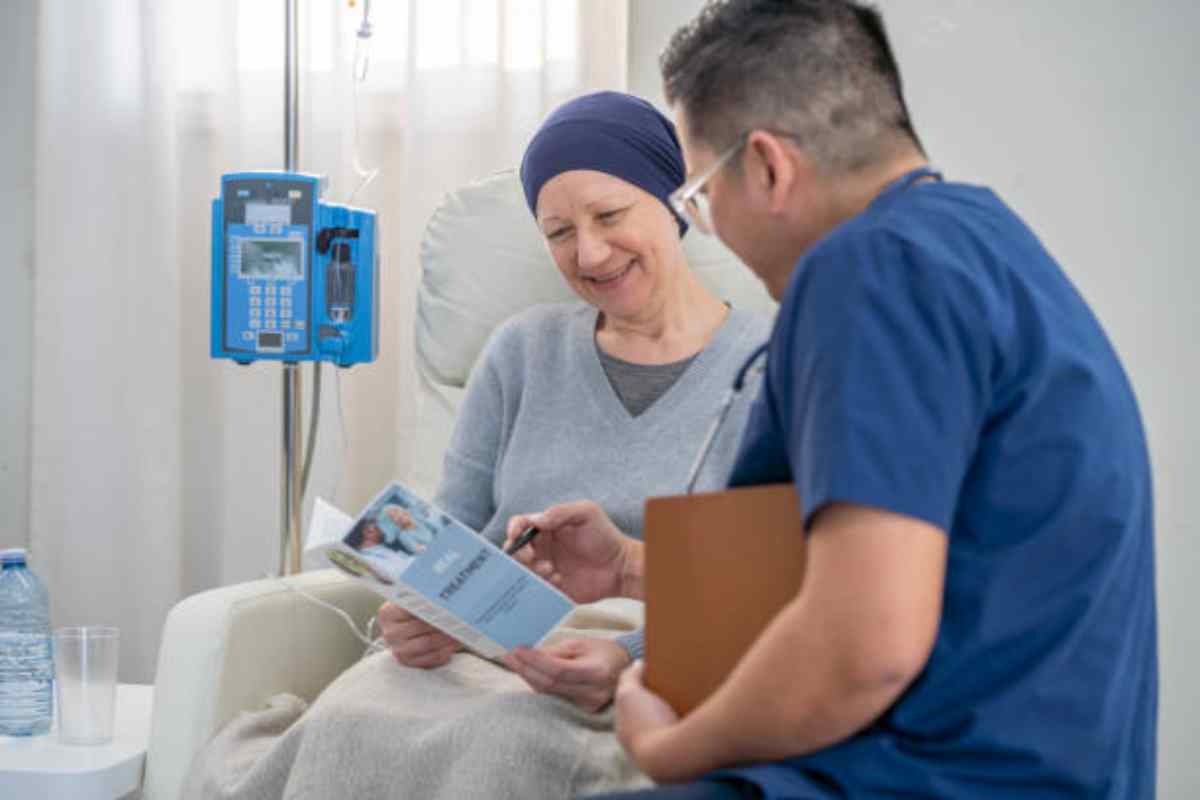For patients facing terminal cancer diagnoses, traditional treatment options can quickly become exhausted. When standard therapies fail and clinical trials aren’t available or suitable, families often find themselves confronting an agonizing reality: there may be no proven medical interventions left to try. However, a lesser-known pathway called expanded access programs is providing new hope for patients who have run out of conventional options.
Table of Contents
What Are Expanded Access Programs?
Expanded access programs, also known as compassionate use programs, allow patients with serious or life-threatening conditions to access experimental treatments that are not yet approved by the Food and Drug Administration (FDA). These programs bridge the gap between completed clinical trials and official drug approval, offering a lifeline when no other alternatives exist.
The concept emerged from the recognition that some patients cannot wait for the lengthy approval process that can take years to complete. While rigorous clinical trials are essential for establishing safety and efficacy, terminally ill patients often don’t have the luxury of time. Expanded access programs acknowledge this urgent need while maintaining appropriate safety oversight. You can read more about expanded access program here.
The Regulatory Framework
The FDA has established specific criteria for expanded access eligibility. Patients must have a serious or immediately life-threatening disease or condition, and no comparable or satisfactory alternative therapy options can be available. Additionally, the potential patient benefit must justify the potential risks of the treatment, and providing the investigational drug must not interfere with ongoing clinical trials.
Three main types of expanded access exist: individual patient access for single patients, intermediate-size patient populations for groups of patients, and widespread access for larger patient populations when the treatment shows particular promise. Each category has distinct requirements and approval processes, with individual patient access being the most common pathway for terminal cancer patients.
Navigating the Application Process
Obtaining expanded access requires collaboration between patients, their physicians, and pharmaceutical companies. The treating physician must submit a request to the FDA, providing detailed medical documentation that demonstrates the patient meets eligibility criteria. This includes comprehensive medical records, evidence that standard treatments have been exhausted, and a clear rationale for why the experimental treatment might benefit the patient.
The pharmaceutical company manufacturing the investigational drug must also agree to provide the treatment. Companies consider factors such as drug supply, manufacturing capacity, and potential liability when making these decisions. Some companies have established formal compassionate use programs with clear guidelines, while others evaluate requests on a case-by-case basis.
Recent Success Stories and Developments
Several high-profile cases have highlighted the potential of expanded access programs. CAR-T cell therapies, now approved for certain blood cancers, were initially available through compassionate use programs. Patients who received these treatments before approval often experienced remarkable remissions, demonstrating the life-saving potential of early access to breakthrough therapies.
Immunotherapy drugs have also been frequently accessed through these programs. Before receiving full approval, checkpoint inhibitors and other immune-based treatments helped extend survival for patients with advanced melanoma, lung cancer, and other malignancies. These early access cases provided valuable real-world evidence that supported eventual FDA approval.
Challenges and Limitations
Despite their promise, expanded access programs face significant challenges. Manufacturing constraints often limit drug availability, particularly for complex treatments requiring specialized production processes. Pharmaceutical companies must balance compassionate use requests with maintaining adequate supplies for ongoing clinical trials, which are essential for achieving regulatory approval.
Cost considerations present another obstacle. Insurance companies typically don’t cover experimental treatments, leaving patients and families to bear substantial financial burdens. Some pharmaceutical companies provide treatments at no cost through expanded access programs, but this isn’t universally available.
The application process itself can be daunting and time-sensitive. Gathering required documentation, coordinating between multiple parties, and navigating regulatory requirements requires significant effort from already overwhelmed patients and caregivers. Some patients may not have physicians familiar with expanded access procedures, creating additional barriers to access.
The Role of Patient Advocacy
Patient advocacy organizations play a crucial role in raising awareness about expanded access programs and helping families navigate the process. Groups like the Reagan-Udall Foundation and various cancer-specific organizations provide resources, guidance, and support for patients seeking compassionate use treatments.
These organizations also work to streamline access procedures and advocate for policy improvements. Their efforts have contributed to regulatory reforms that have simplified application processes and reduced approval timelines in recent years.
Future Directions and Policy Reforms
The FDA has implemented several reforms to improve expanded access programs. The agency has shortened review times, simplified application forms, and increased transparency about approval decisions. Digital platforms now make it easier for physicians to submit requests and track application status.
Emerging technologies like artificial intelligence and machine learning may further enhance these programs by helping identify suitable patients and matching them with appropriate experimental treatments. Digital health platforms could also facilitate better communication between patients, physicians, and pharmaceutical companies.
Conclusion
Expanded access programs represent a vital safety net for terminal cancer patients who have exhausted conventional treatment options. While challenges remain, these programs have already saved countless lives and will likely become increasingly important as the pace of cancer drug development accelerates.
For patients and families facing terminal diagnoses, understanding expanded access options can provide hope and potentially life-extending opportunities. Working with knowledgeable physicians and patient advocacy organizations can help navigate the complex process and identify available programs. While not every patient will qualify or benefit from expanded access treatments, these programs ensure that promising experimental therapies remain available to those who need them most, offering hope when traditional medicine has reached its limits.

